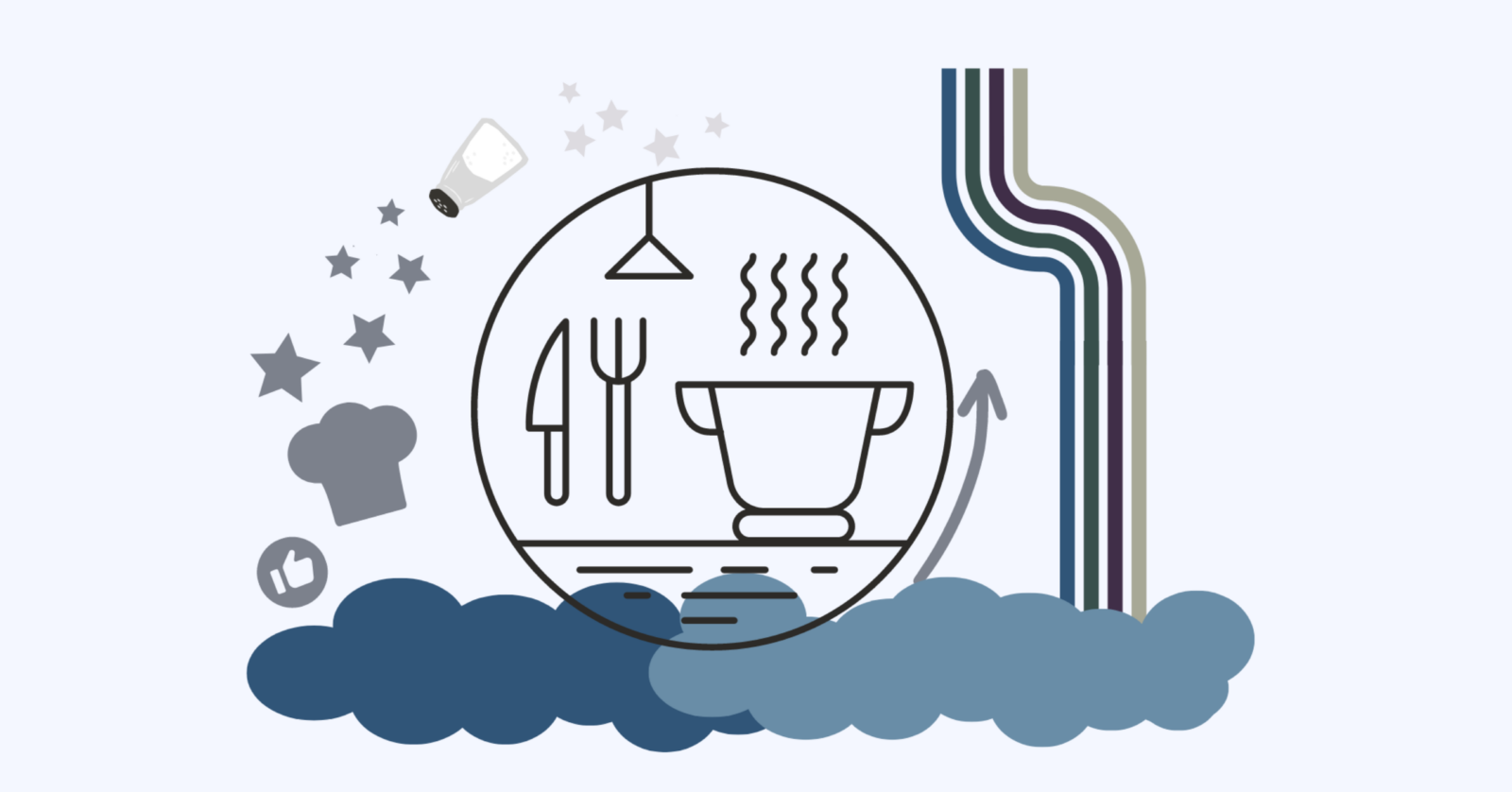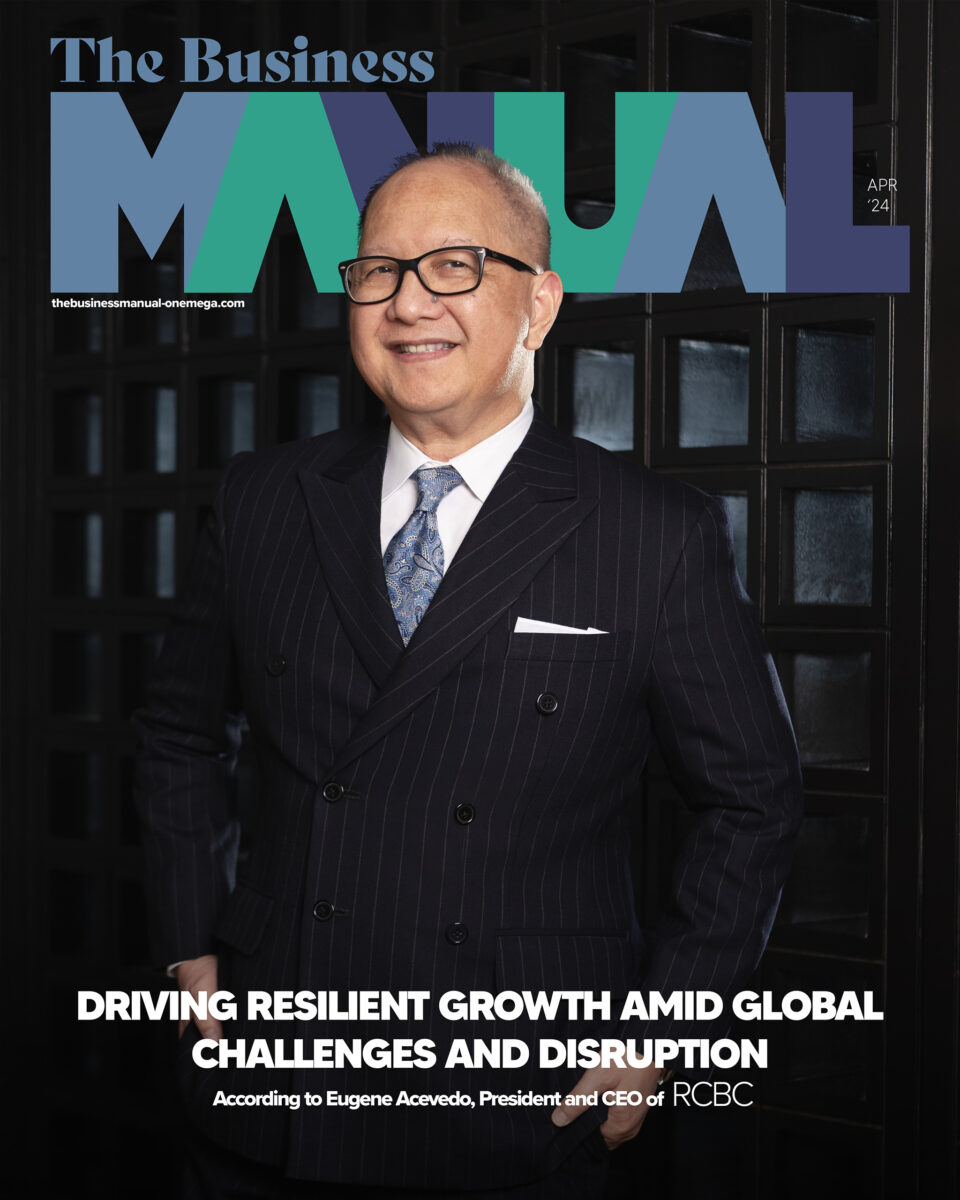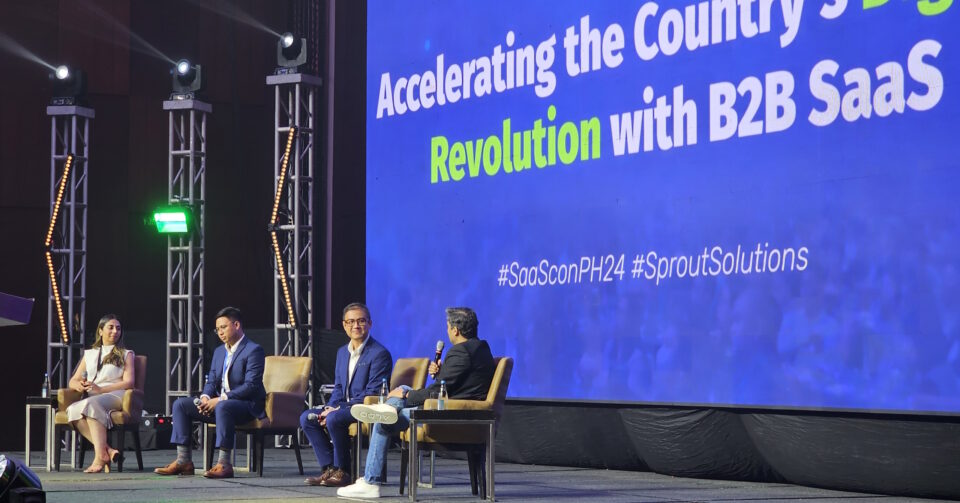What’s a Cloud Kitchen and Should You Open One?

Cloud Kitchens have become a popular business model since the pandemic, but is it a good venture to get into? Here’s what you need to know.
Open your favorite food delivery app and, chances are, you’re going to find a cloud kitchen or two among your list of options. One of the food and business trends that became more known, thanks to the COVID-19 pandemic, cloud kitchens became so popular that its global market size was estimated at a whopping $56.71 billion (approximately PHP 3.096 trillion) in 2021.
But that’s not all. This number is expected to grow in the next few years—specifically, by 2027, as the global market size of cloud kitchens is estimated at $112.53 billion (approximately PHP 6.14 trillion). Simply put, these staggering numbers show that there is a lot of potential and opportunity in cloud kitchens.
But what exactly are cloud kitchens? Is it a good fit for your brand? We list everything there is to know and what you’ll need to start your own.
What is a Cloud Kitchen?
A cloud kitchen—otherwise known as a virtual kitchen or ghost kitchen—isn’t your typical dine-in restaurant. You can’t even dine in one, to begin with.
The Food Corridor defines cloud kitchens as “centralized licensed commercial food production facilities where anywhere from one or two to dozens of restaurants rent space to prepare delivery-optimized menu items.”
“One restaurant may run multiple brands, or virtual restaurants, all operating under one roof, or the kitchen may be run like an incubator, shared by different purveyors,” The Food Corridor explains.
Simply put, cloud kitchens are meant more for takeout and delivery services and are usually affiliated with delivery apps.
How Cloud Kitchens Benefit Customers
Given its affiliation with delivery apps, cloud kitchens are seen as a quick, safe, and practical way to order food—not just because of the COVID-19 pandemic, but for people who can’t or don’t want to go out. While many have become comfortable once more dining in at restaurants, many still prefer having food delivered in the comfort and safety of their home or office.
Cloud kitchens cater to this type of customer, as it allows for minimal contact with other people. It is also an efficient, easy process for customers—since all they have to do is to open an app to order.
Moreover, customers benefit from the variety of dishes that cloud kitchens can offer. Multiple brands can operate in one cloud kitchen, which means that customers don’t have to look far—should they want more options for food. What’s more, they can save on delivery costs and order different dishes.
Cloud Kitchens vs Typical Dine-In Restaurants
As a business owner, you may be wondering: what are the benefits of setting up a cloud kitchen instead of a typical dine-in restaurant?
As Unilever Food Solutions points out, putting up a cloud kitchen requires lower costs on your end compared to putting up a dine-in restaurant. This is because cloud kitchens do not require waitstaff and servers, which means payroll costs are lower.
What’s more, overhead costs will be lower for cloud kitchens versus dine-in restaurants, since there is no need for front-of-the-house operations, prime locations that equate to high rent, and even the use of dining tables and chairs.
Another benefit of cloud kitchens includes their affiliation with delivery apps. After all, being listed in a delivery app allows for high exposure to thousands of users. Also, access to user data allows for a better understanding of consumer behavior. This makes it easier to optimize processes in the kitchen and even tailor the menu to suit what customers want.
And finally, the beauty of a cloud kitchen is that it allows aspiring chefs and restauranteurs to launch their businesses without having to put up a brick-and-mortar dining establishment. All they need is a place to prepare their food, the right equipment, ingredients, and a team, and they can immediately get started.
Menu Tips to Keep in Mind
Anyone thinking of putting up a cloud kitchen must always keep in mind that the food is foremost king. Since cloud kitchens are meant for deliveries and takeouts, menu items must be suited for takeout and delivery. The dish itself must maintain its integrity and form and last the delivery time.
Unilever Food Solutions also suggests having grab-and-go items such as pastries and wraps on your menu. These food items are both easy to deliver and easy to handle when eating. On the other hand, fried food and frozen items are no-nos, as they can melt or go stale in the middle of delivery—unless packed properly.
However, it is important to note that whether the food will be delivered or picked up, your menu should reflect the food that your customers want to eat as well. As Foodee Global Concepts Founder and CEO Rikki Dee said in an interview with The Business Manual, “Do not serve the food that you want. Serve the food that your customers want.”
For a better idea of what this may be, Allied Market Research says that burgers and sandwiches take the top spot as the food with the largest cloud kitchen market share. Chicken dishes come in second, while Mexican and Asian food rank third.
Cloud Kitchens: A Good Business Opportunity
As the country continues to go digital in many aspects, people still practice a lot of habits that they have learned due to the pandemic. This includes ordering food online and eating at home, as these have proved to be convenient and safe for those who prefer to stay away from crowded places.
Given this, food delivery apps and cloud kitchens are here to stay for the long run—making them viable business opportunities for aspiring entrepreneurs. After all, cloud kitchens require less cost to set up in comparison to dine-in restaurants, which makes them ideal for those aiming to start a business but with less capital.
However, as with any business, cloud kitchens also have their disadvantages—especially if owners are unable to keep up with the pace and demand of online ordering and delivery. It is, therefore, very important for aspiring chefs and restauranteurs to study the business model thoroughly to gauge whether they are capable—not only to start but also to sustain a cloud kitchen.




